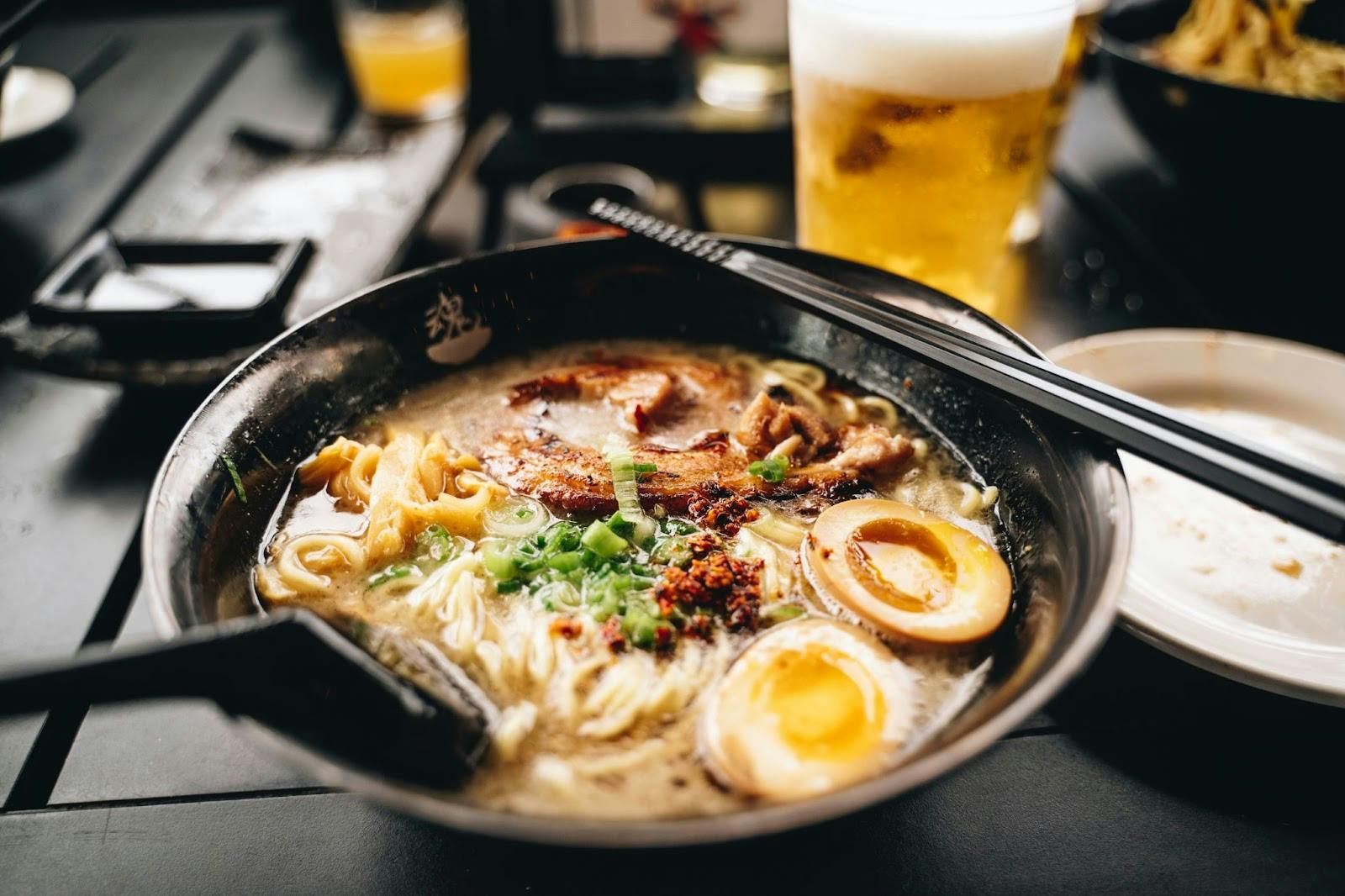
The restaurant industry is notorious for its tiny profit margins. In fact, they can even dive as low as 7% in certain instances.
If this resembles your restaurant, we know how frustrating it can be. You’ve done all the hard work of designing the perfect menu and your customers leave raving reviews, always coming back for more.
So why are you still toeing the breakeven line?
Chances are your food costs are a bigger percentage of your dishes than they should be which can seriously limit profitability.
In this article, we’ll explain:
- Why you should always know your food costs
- How to calculate your food costs
- And most importantly, how you can reduce your food cost percentage
Let’s dive in.
The importance of calculating food cost
Many restauranteurs put customer delight above all, seeking to create dishes that wow their patrons. While this is all well and good, you can’t keep serving delicious food if you’re not making money!

Food costs make up a large portion of your end sale price, averaging 28 - 32% across different restaurants. So anything you can do to lower this number goes a long way to increase profitability.
But why else should you calculate food costs?
- It’s how you set food prices: Without knowing your food costs, you have no idea whether your food prices are optimal. If your food cost percentage is far outside the average, you can increase or decrease menu prices to align them with industry standards.
- It enables menu engineering: Menu engineering is all about categorising your items to find the best and worst-performing dishes to improve your menu. But you can’t complete these exercises without knowing your food cost calculations.
- It guides menu development: Adding a new menu item isn’t solely about crafting a delicious recipe, it has to be profitable as well. Calculating your food costs can help you determine whether a dish is worth adding before you spend time working on it.
- It helps you find potential cost issues: Ingredients go through supply and demand cycles which affect their prices. If you spot these trends through food cost analysis, you can pivot to an alternative ingredient or raise food prices before they become unprofitable.
- It helps you discover which dishes to promote: When it comes to marketing, you want to promote your most profitable items so you can generate a bigger return on your investment. Figuring out your food costs is a key factor in this choice.
Now let’s figure out how to actually calculate your food cost so you can apply it in your restaurant.
How to calculate food cost
Before you start envisioning complicated math formulas we’ll share a secret with you, calculating your food cost percentage is quite simple!

But one thing to keep in mind is that there are two variations to this calculation:
- Only including actual food costs and inventory in the calculations.
- Including everything involved in the sale, such as napkins and toothpicks.
So when you calculate your food costs, ensure you choose the option that’s best for your restaurant.
Now, regardless of which one you choose the food cost formula will be the same:
Food Cost Percentage = ((Beginning Inventory + Purchases – Ending Inventory) / Food Revenue) x 100
Before you start your calculations, you need to choose a time period to assess your food cost. A common choice is one week so let’s stick with that.
Here’s how to calculate your food costs:
- Record the prices of food-related inventory you received at the beginning of the week.
- Make a list of any inventory you bought during the week and record their prices.
- Record inventory numbers and prices again at the end of the week.
- Note down your total food sales for the week.
Once you’ve done this, you can plug your numbers into the formula above to figure out your food cost percentage.
Examples of food cost calculation
Let’s work through some examples of food cost calculation so you can see the formula in action.
Jenna owns a sushi restaurant but is concerned about food costs so she decides to calculate her food costs.
First, she records her initial inventory prices which come to $20,000 for the week. She then spends $2,000 on new inventory and finishes the week with $15,000 in leftover inventory. Finally, she was able to sell $20,000 worth of sushi this week.
Let’s plug these numbers into the formula:
Food Cost Percentage = ((Beginning Inventory + Purchases – Ending Inventory) / Food Revenue) x 100
Food Cost Percentage = (($20,000 + $2,000 – $15,000) / $20,000) x 100
Food Cost Percentage = 35%
Based on these numbers Jenna’s food cost percentage is higher than the average across most restaurants.
However, this may not be something to worry about if other sushi restaurants have similar numbers.
How to reduce food cost
So you’ve run the numbers and your food cost percentage is higher than average. It’s not in line with similar restaurants and you need to bring your costs down.
What’s next?
You could:
- Compare your ideal versus actual food cost: Your ideal food cost helps you figure out your wastage percentage. It’s normal for your ideal cost to be lower than your actual costs, but if they’re drastically different, there could be an underlying issue. Here’s how to calculate your ideal food cost: Total Cost Per Dish / Total Sales Per Dish.
- Cut your losers and push your winners: When you know your average food cost, you can start comparing individual dishes to see if they’re above or below the average. If an item’s cost is too high and can’t be brought down, consider cutting it from your menu.
- Find alternative suppliers or ingredients: When was the last time you shopped around for new suppliers or ingredients? If there are cheaper options on the market, consider switching or renegotiating with your current suppliers.
- Consider decreasing portion sizes: Pay attention to customer leftovers. If particular items consistently have leftovers, the portion size may be too large. But there could be other factors in play, so ask for customer feedback to be sure.
While these strategies are a good starting point, if you really want to take your restaurant to the next level, consider using tools to help you understand business performance data, such as Otter's Analytics solution.
We know that you’re already run off your feet with the day-to-day of keeping customers happy and running a tight ship. That’s why Insights gives you all the vital numbers in a single dashboard for all of your delivery apps.
You’ll be able to dive into your food costs and menu item performance on a granular level to boost profitability.
On top of that, access to real-time insights into your delivery channels and marketing promotions so you can keep iterating on your way to success.
Learn how Otter products can help you run a better restaurant today.